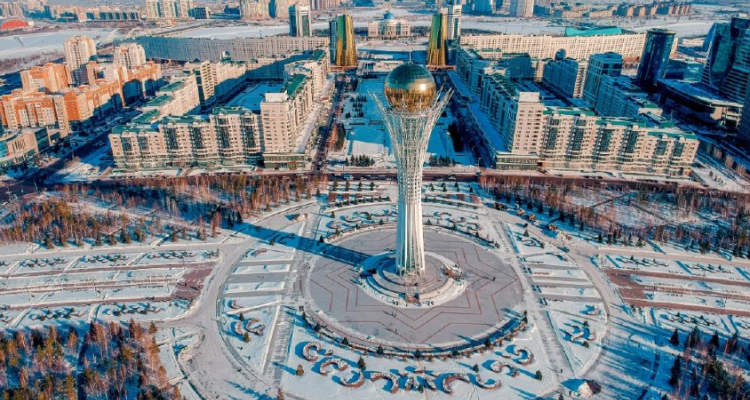
Colloquium
Measuring the Spatiotemporal Effect of Astana’s Green Belt on Land Surface Temperature
By Jorge Portugués Fernández del Castillo
Abstract
The city of Astana, Kazakhstan, underwent significant urban development with its designation as the nation’s capital in 1997, accompanied by the establishment of the Astana green belt as an ambitious initiative to improve its liveability. The project aimed to mitigate harsh climate conditions by creating a buffer of artificial forest surrounding the city against seasonal winds, bettering the climate of the city during winter months. This study investigated the surface thermal dynamics of Astana and the influence of its green belt on local climate modulation. By integrating surface temperature data from the Landsat Surface Collection Level 2 and employing Getis-Ord Gi* spatial analysis, insights were gained into the spatiotemporal variation of Land Surface Temperature (LST) and its relationship with the green belt development. Results reveal distinct thermal patterns coinciding with existing literature, indicating the reliability of Landsat LST product for remote estimation of surface thermal characteristics. Analysis of hotspots and coldspots highlights the moderating effect of the green belt on local temperature clustering over a six-year period. The emergence of very hot clusters increased from 1.76% to 5%, while there was a noticeable reduction in the extent of very cold clustering, decreasing from 82.98% to 61.6%. Additionally, the area characterized by insignificant clustering increased from 6.94% to 19.1%, fostering more evenly distributed temperatures across the study area. These findings provide valuable insights into the urban planning and design strategy, emphasizing the role of the green belt in mitigating temperature extremes in Astana during winter months. Future research directions may focus on further understanding the mechanisms driving temperature variations and optimizing the design and management of green infrastructure to enhance climate resilience.